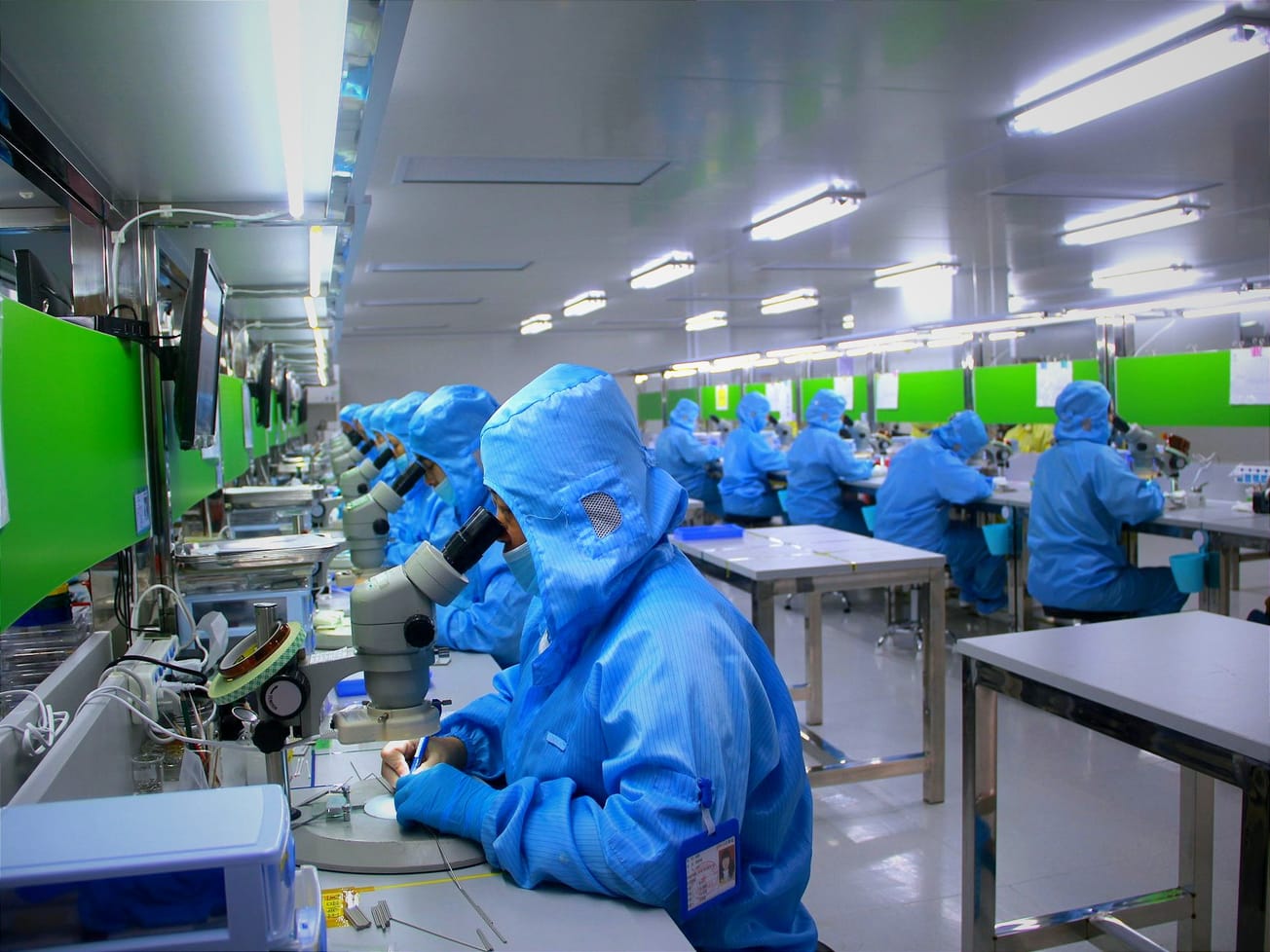North American leaders signed a new trade pact that the Trump administration claimed was a major accomplishment but analysts said was more of the same.
The new United States-Mexico-Canada Agreement resulted from U.S. President Donald Trump's pledge to replace the 1994 North American Free Trade Agreement. Trump had described the NAFTA free-trade zone as “perhaps the worst trade deal ever made.”









